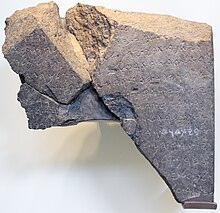lokiblossom
Bronze Member
- Joined
- Dec 4, 2014
- Messages
- 1,865
- Reaction score
- 1,310
- Golden Thread
- 0
- Location
- Traverse City, Mi.
- Primary Interest:
- Relic Hunting
- #521
Thread Owner
Since your hypothesis states the Templars departed from New Rochelle, in France, would they most likely have used hemp or flax, rather than coir which was less likely to be available - though it WAS the best choice in the EASTERN Mediterranean...unless you are further suggesting that they loaded up with coir in the eastern Med, already planning to stash their booty in NE North America in a year or two, after spending an extended period in France - where "better materials" were available?
Their "stay in France" was less then four months, arriving at La Rochelle sometime after May 1307, knowing of an impending trouble, and leaving sometime in early September 1307. I "premise" the vessels that sailed to Nova Scotia spent the winter of 1307-1308 at Ardchattan Priory in Scotland, but still in Scotland if not Ardchattan. Ardchattan housed a sister order to the Templars own Cistercian's and there are some unique stone carvings at Ardchattan, besides the fact a major side of my family is from near there and I like to think of it that way.

Cheers, Loki
Last edited:




